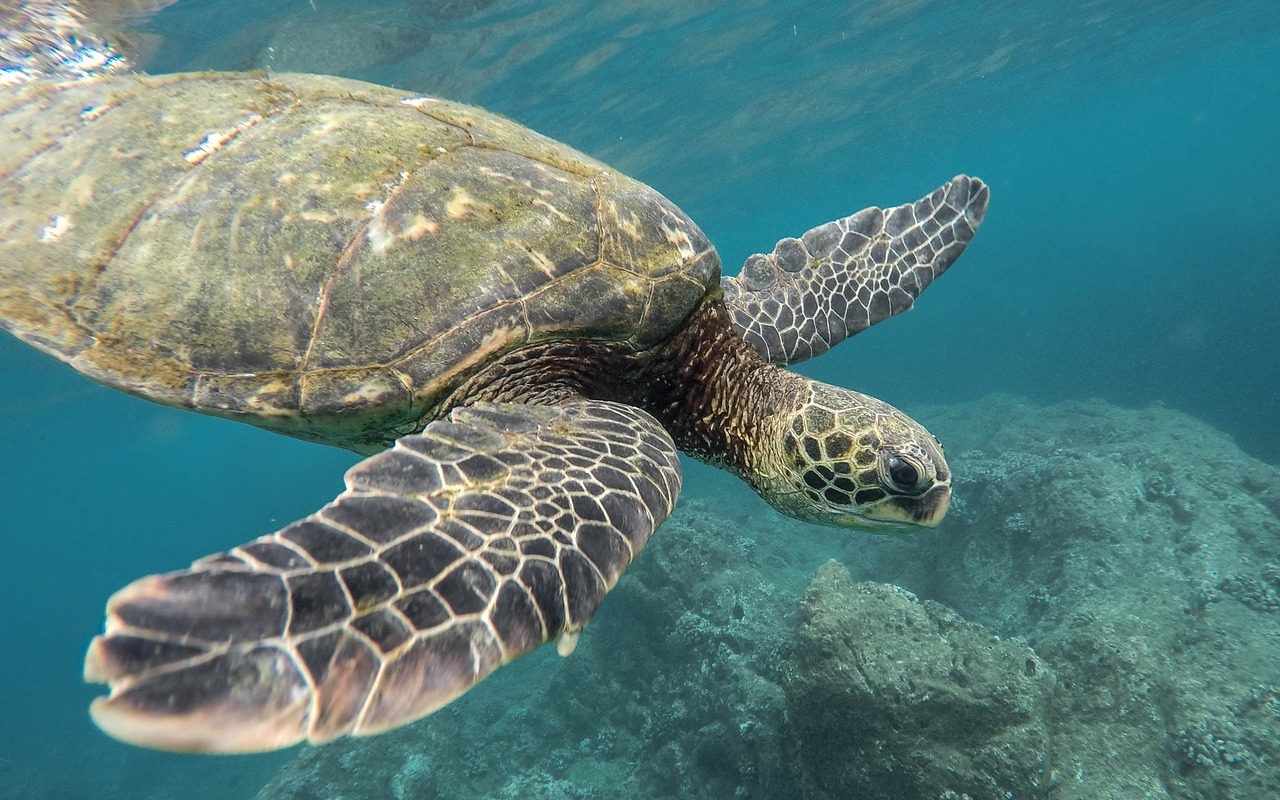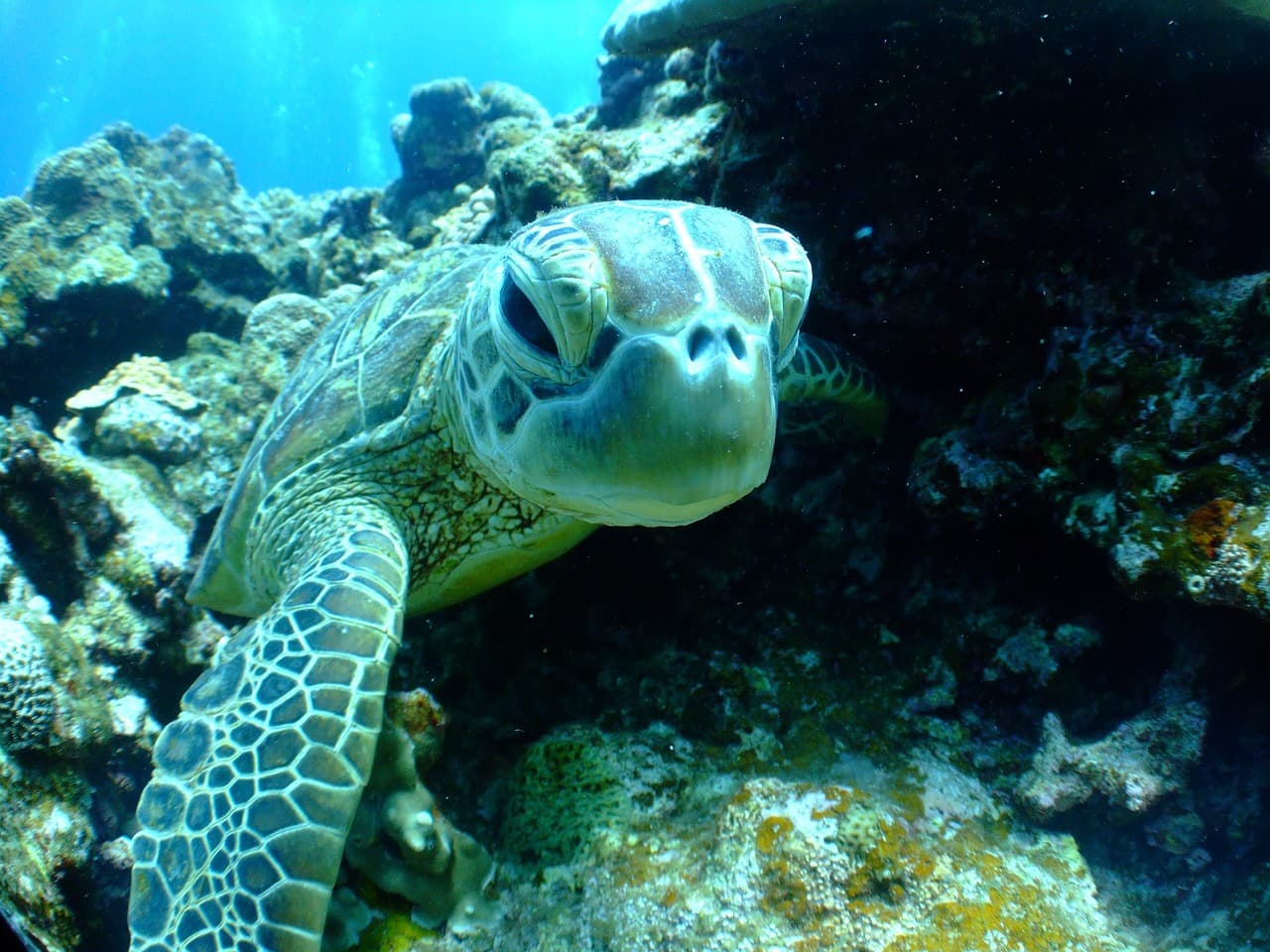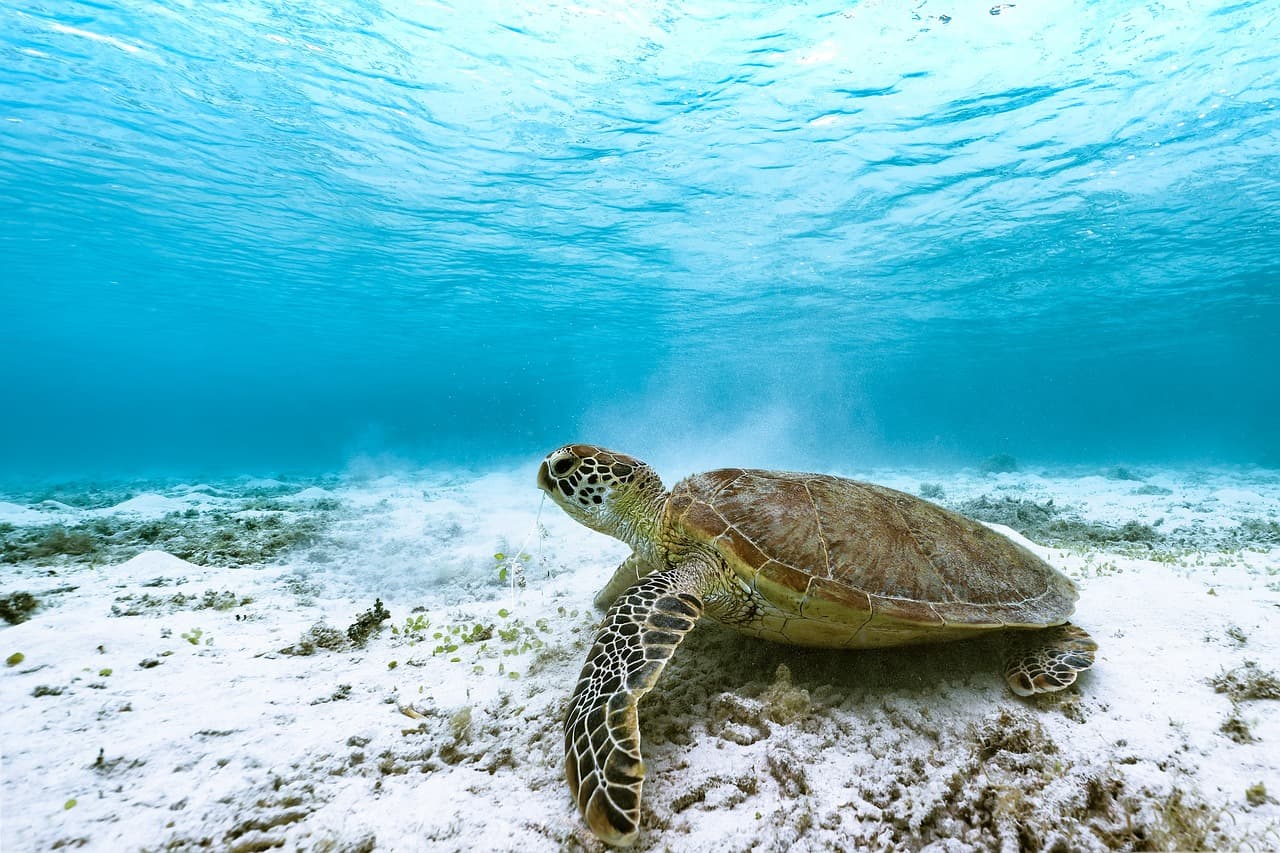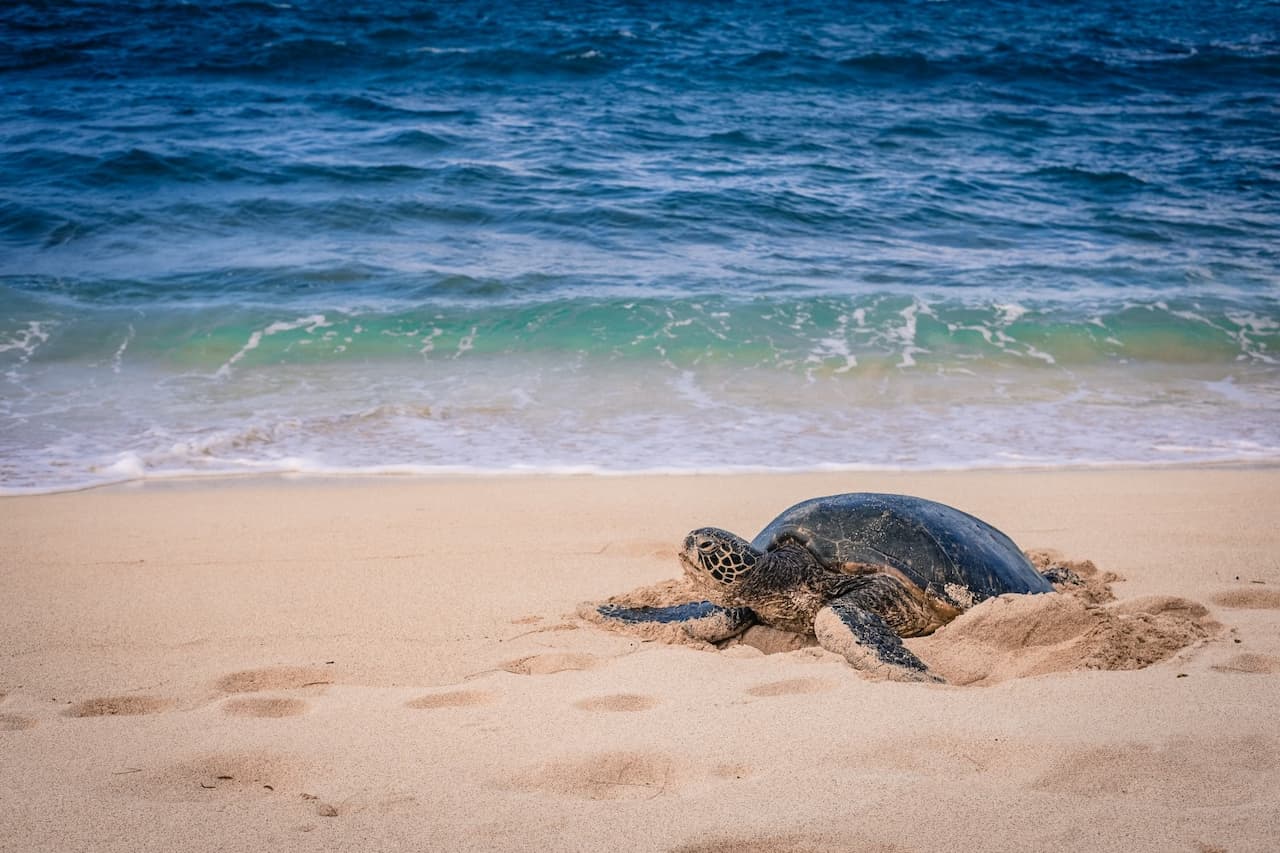The Mediterranean has 46,000 km of coastline and covers 2.5 million km2 , which is less than 1% of the total ocean surface. Known as a global biodiversity hotspot, it is home to six of the seven species of sea turtles.
The loggerhead turtle Caretta caretta is the most common, followed by the green turtle Chelonia mydas, and then the leatherback turtle Dermochelys coriacea, known as the largest turtle in the world.
The rarer Ridley Kemp’s turtle Lepidochelys kempii and the hawksbill turtle Eretmochelys imbricata have so far only been observed a few times in the Mediterranean.
In 2014, a discarded turtle was officially identified in Spain. It is the olive ridley turtle Lepidochelys olivacea.
Uneven geographic distribution.
Loggerhead, green and leatherback turtles are found throughout the Mediterranean, but their distribution is uneven depending on species and time of year.
Loggerheads occupy the entire basin, but appear to be more abundant in the western part, from the Alboran Sea to the Balearic Islands. It is also found off the coast of Libya, Egypt, and Turkey.
The green turtle is concentrated further east, in the Levantine basin. It is also found in the Adriatic Sea and less frequently in the western Mediterranean Sea.
The leatherback turtle is seen in the high seas throughout the basin, with a more prominent presence in the Tyrrhenian Sea, the Aegean Sea, and around the Straits of Sicily.
What do scientists say?
Scientifically, it is too early to draw conclusions about the “causes” of these clutches.
Do more females nest in this, the northernmost area where loggerheads lay eggs? Is there more compliance pressure from marine users? Is it a combination of several phenomena?
It’s hard to say… But it seems pretty clear that civil society is becoming more aware of the presence of turtles and – hopefully – more concerned about the future of these fragile heritage animals.
If turtles come to lay eggs on our beaches, we need to give them some space, disturb them less at night, and adapt beach lighting that can deter females and disorient young.
Loggerheads are sometimes born far from our shores
Genetic analyses prove: not all loggerheads observed in the Mediterranean Sea are born there!
About half of them are born in the Atlantic Ocean on the coast of Florida, Georgia, Virginia, or Cape Verde. They are born on these remote beaches, enter the Mediterranean Sea through the Strait of Gibraltar to feed, and when they become adults, return to the beach where they were born in the Atlantic to lay their eggs.
The situation with green turtles is different. All those that live in the Mediterranean were born there. Therefore, their population is genetically isolated and has no connection to other populations of green turtles elsewhere in the world.
How many turtles are there in the Mediterranean Sea?
This question is hard to answer! There is no technological way to count all the sea turtles living in such a large marine area, especially since these great migrants are constantly moving from one area to another.
Knowing turtle numbers is a priority in scientific research aimed at conserving sea turtles in the Mediterranean. This is one of the many findings of a recent IUCN report that also provides some estimates: there are 1.2 to 2.4 million loggerhead turtles in the Mediterranean, and green turtles are estimated at 262,000 to 1,300,000; extremely wide ranges because of the difficulty of censuses.
Although counting individuals at sea is illusory, it is possible to track the number of females coming to lay eggs, beach after beach, year after year. About 2,000 loggerheads come ashore to lay eggs, mostly in the Levantine Basin (Greece, Turkey, Cyprus and Libya).
Good news, the number of clutches is increasing! At about twenty reference sites, the average annual number of nests has increased from 3,693 per year before 1999 to 4,667 after 2000, an increase of more than 26%! The same is true for green turtles. At the 7 reference sites in Cyprus and Turkey the average annual number of nests increased from 683 to 1,005 before 1999 and after 2000, i.e. + 47%!
These very positive trends show that conservation efforts are paying off and deserve to be continued and expanded.




